https://www.youtube.com/watch?v=f-pnHRvKYew
Ribeye Steak Reverse Seared On The Weber Kettle After Dry Brining Overnight
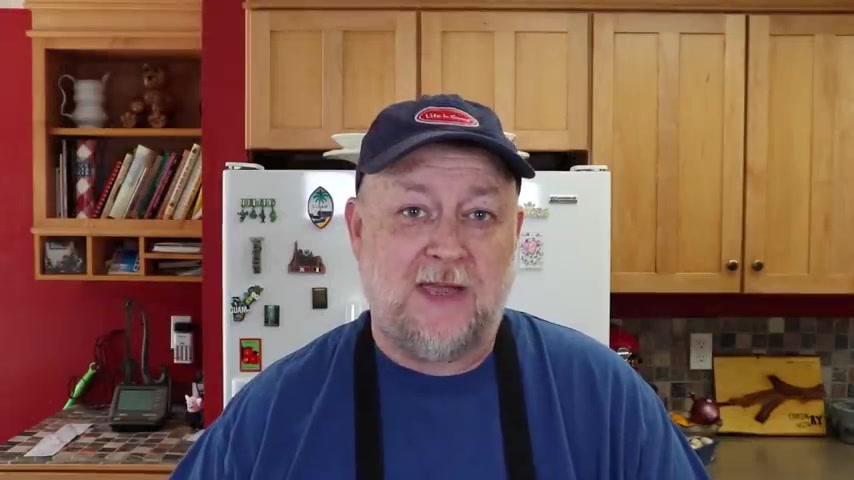
I've got some beef and what do I mean by that ?
I mean , I've got 2 £2.5 bone in rib eye steaks that I'm gonna be seasoning up dry brining overnight and grilling up out on the Weber kettle .
So here they are 2 £2.5 bone in rib eye steaks .
Now , these actually came from a rib eye roast that I just cut in half .
So what I'm going to do is I'm going to give this a really good seasoning so that overnight it can absorb that salt , that black pepper , get some great flavor there .
Before we get out on the Weber kettle tomorrow , we're going to be cooking it indirect and reverse searing it .
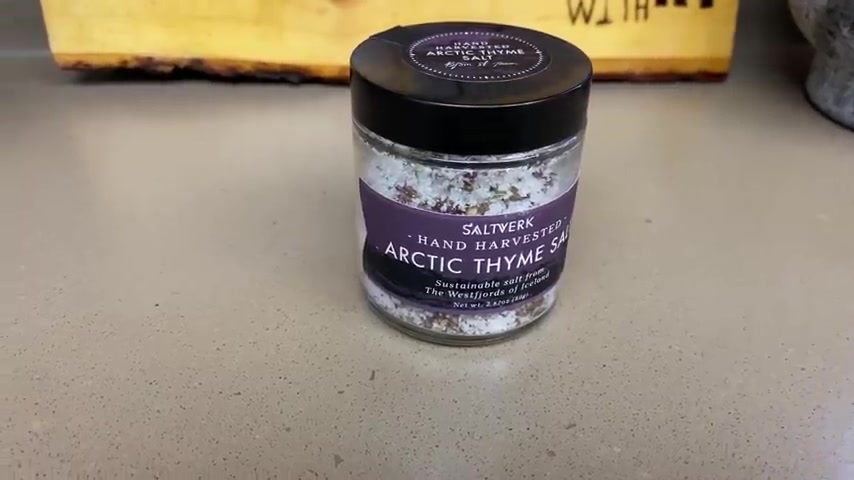
This is a big enough cut of meat that you can give it that direct time to really get close to that internal temperature you want , which for this is going to be about 125 a little bit before that , we're going to take it off and sear it directly over the coals .
So first let's get our salt on here and the salt we're going to be using is an Arctic time salt from Iceland .
This was a gift given to me by my sister at Christmas and I've used different ones of these out of this package of spices and this is really good .
So we're going to go heavy with this .
Can see those little flakes of thyme in there and this is a sea salt .
Now , we're gonna get just some good old cracked black pepper on here too .
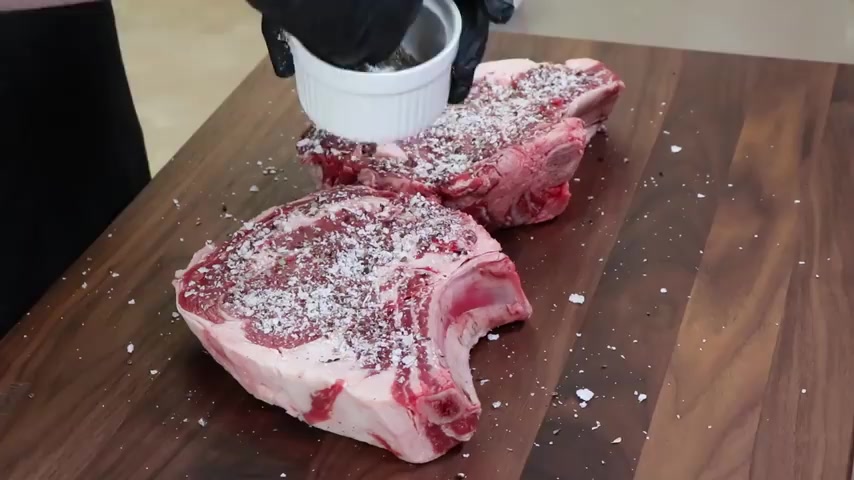
More salt and pepper going to take this and rub the edge on what falls off on the board .
All right , these are ready .
They're gonna go on a tray in the refrigerator overnight , absorb all these flavors and I'll see you back here tomorrow out at the Weber kettle .
All right , it is a rainy drizzly cold day here today .
Our rib eyes have been dry brining overnight in the refrigerator .
Let's get them on the Weber kettle , which I've got set up with the vortex and a couple pieces of mesquite .
And we're using the mallory M one cast iron grate today and we're gonna be doing indirect first .
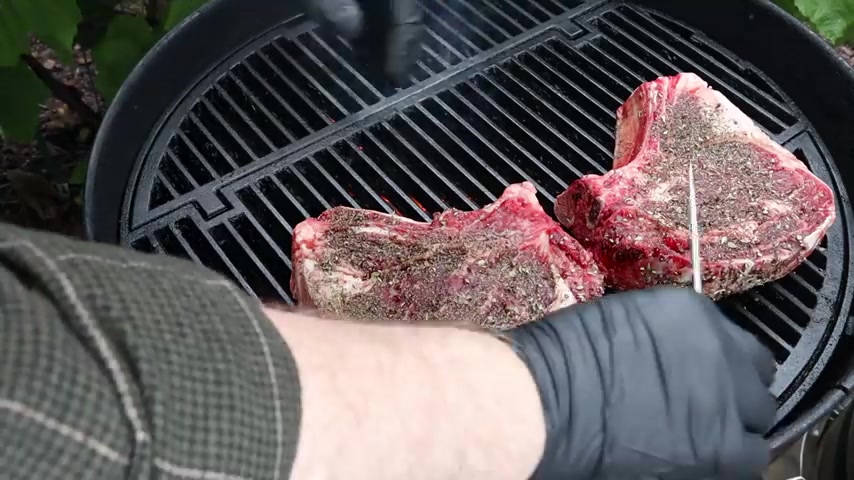
So I'm gonna be putting the bone side towards the heat source , which is over here .
I'm gonna go ahead and get my internal temperature in one of these .
I'll just be going off the temperature from that one , which I think is just slightly thicker than the other one .
So let's get our lid on and get smoking .
Now , my bottom vent on the kettle is about two thirds open , the top vent is two thirds open .
Not too worried about watching the great temperature in here .
I think we're going to be somewhere in the 350 to 400 range .
So I've only got the lid thermometer today , which is about 75 to 100 degrees off of what the great temperature is , might even be higher today because the thermometers are over the heat source .
But what I'm looking for is 100 and 10 internal on these .
When we get to 110 internal , we're gonna sear them .
Ultimate temperature .
I'm shooting four on them is about 125 degrees internal .
And then we're going to let them rest because they are big stakes for probably about 10 to 15 minutes .
So I'll bring you back when we're close to that 110 internal .
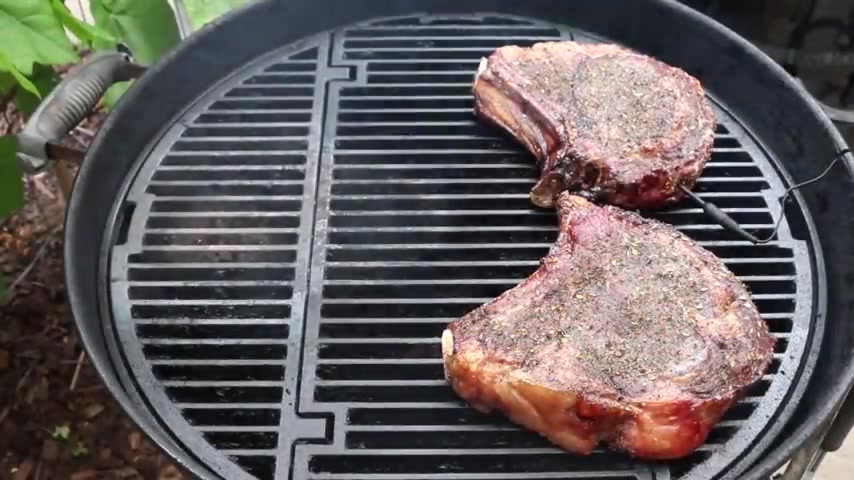
All right , we are at 100 and 10 internal .
Let's take a look at our stakes .
Even without a sear .
We have a gorgeous color on those .
All right .
I'm gonna get the internal temperature probe out and we're gonna sear these off one at a time , just a couple of minutes on each side and then we'll check the internal temperature .
I'll give this a try .
Uh , looking good .
I'm gonna move this off the heat and I wanna check the internal real quick .
Just see how we're doing here .
Yeah , that's showing 108 in that spot .
1 15 over here .
So after I see him , I am going to give him a few more minutes .
Indirect .
Just love that sizzle .
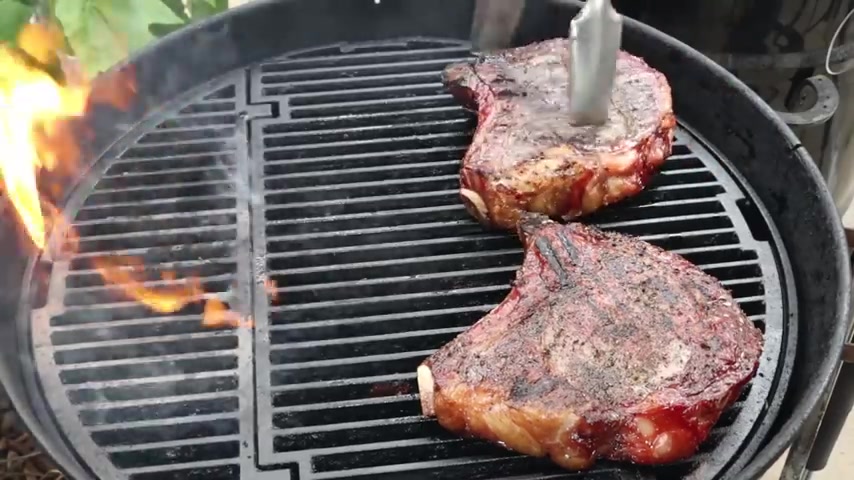
Now , we're gonna move this back indirect .
Let's do a quick check on this one .
It's about 1 10 .
So yeah , wherever the probe was wasn't getting the coldest temperature , but that happens .
Let's get our lid back on and I'm gonna check these in about five minutes .
All right , we've been going about five minutes .
Let's see how we're doing .
That's showing 1 23 .
That's 1 25 .
1 23 is close enough to 1 25 .
These are done .
I'm gonna get them off here , get them inside , cover them for about 10 , 15 minutes to let them rest and then we'll have a taste .
All right , here is one of our reverse seared rib eyes fresh off the kettle about 15 minutes rest .
But there's really nothing else to do but cut into this .
Now , I could take it off the bone right here and before you know , actually serving it to eat , I probably will , but I'm just gonna cut straight across here .
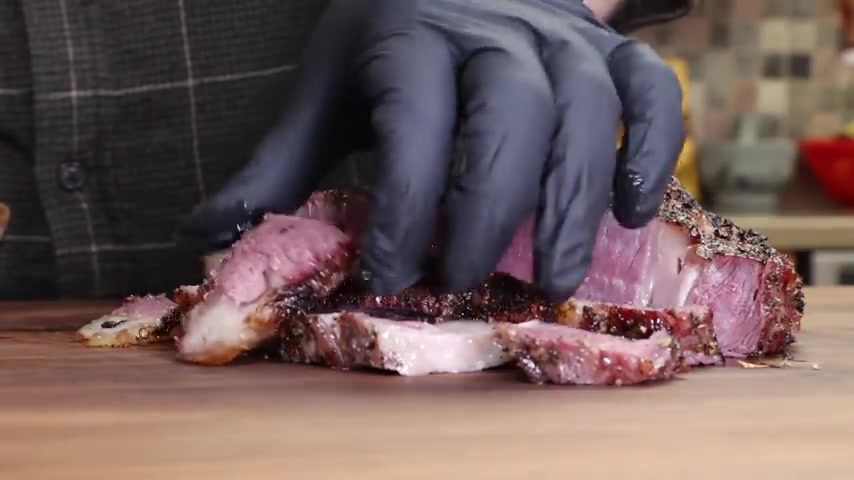
Let's see what we got and there we go .
That's what I wanted .
That pinkish medium rare .
That is exactly how I wanted this .
Uh Let's cut some long slices here .
Oh , that is looking delicious .
Let's turn this side and cut just a little bit out of here too .
Oh , man .
To be honest , I'm not even paying attention to the grain .
I cannot remember here .
I'm probably going the wrong way .
I'm just going to cut some pieces because it's time to taste .
So this had no seasoning other than that Arctic time , sea salt , some cracked black pepper and the mesquite that we had on the charcoal .
So we'll see .
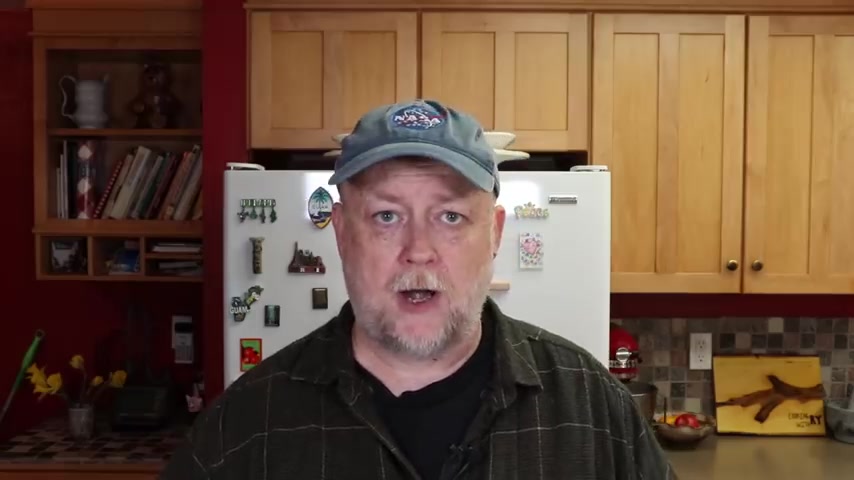
I don't think you need anything more than that .
Wow , that is good .
It is super tender .
Hm .
Now , earlier in the video , I mentioned that this came from a rib eye roast that I just basically cut in two into two steaks .
That was 4 77 a pound for USDA choice , which is not a bad price in our area for that .
So for 2 £2.5 steaks here which are gonna feed , you know , four people easily price wise .
It's a pretty good deal and results wise , it's off the chart .
Just the right amount of that mesquite smoke flavor using those small chunks .
We're not overpowering it and it's only on there about 35 minutes .
That was the total cook time today .
I think the great level temp was somewhere around 400 degrees , maybe a little bit under that .
I didn't overload the vortex with a lot of charcoal .
I didn't want it to be super heated .
I wanted enough there for indirect and then enough remaining for a good sear and we got it .
This was a bit of a modified reverse sear because we did a little bit of indirect after that final sear .
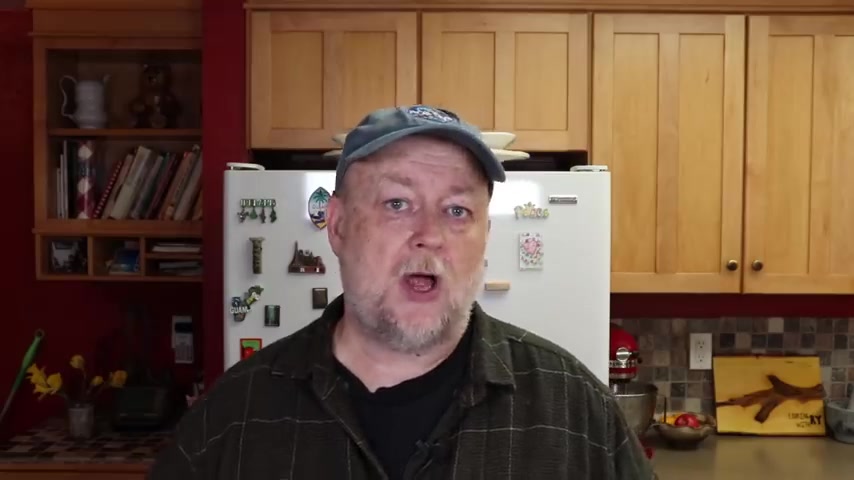
Sometimes you need to do that .
Sometimes that Sear doesn't get you right to the temp .
You need .
I could have gone a little bit beyond 1 10 , maybe to 1 15 , 120 .
But I don't want a chance going over that 1 25 too much as a final temperature because then you start to lose the level of doneness that you want .
So , I'd rather take it off a little early sear it and then have to put a little bit of indirect time in at the end rather than overcook it .
So if you've got some honkin steaks and you want to cook them out on your kettle or your grill , really give thought to giving it a reverse sear .
Let it have that indirect time first .
Give it a sear at the end , a little indirect time at the end if you need it and you're not gonna need any fancy seasonings .
A little bit of smoke maybe .
And you got a great meal .
Are you looking for a way to reach a wider audience and get more views on your videos?
Our innovative video to text transcribing service can help you do just that.
We provide accurate transcriptions of your videos along with visual content that will help you attract new viewers and keep them engaged. Plus, our data analytics and ad campaign tools can help you monetize your content and maximize your revenue.
Let's partner up and take your video content to the next level!
Contact us today to learn more.